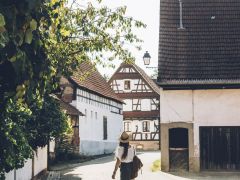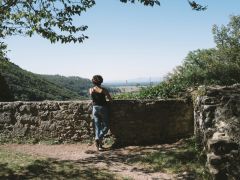The Grande Île in Strasbourg
In 1988, the Grande Île, the real heart of the city, was listed as a UNESCO World Heritage Site. The river that surrounds it, the Ill, is crossed by numerous bridges and all the streets converge towards the Notre Dame Cathedral, a masterpiece of heritage, which dominates this exceptional urban ensemble.
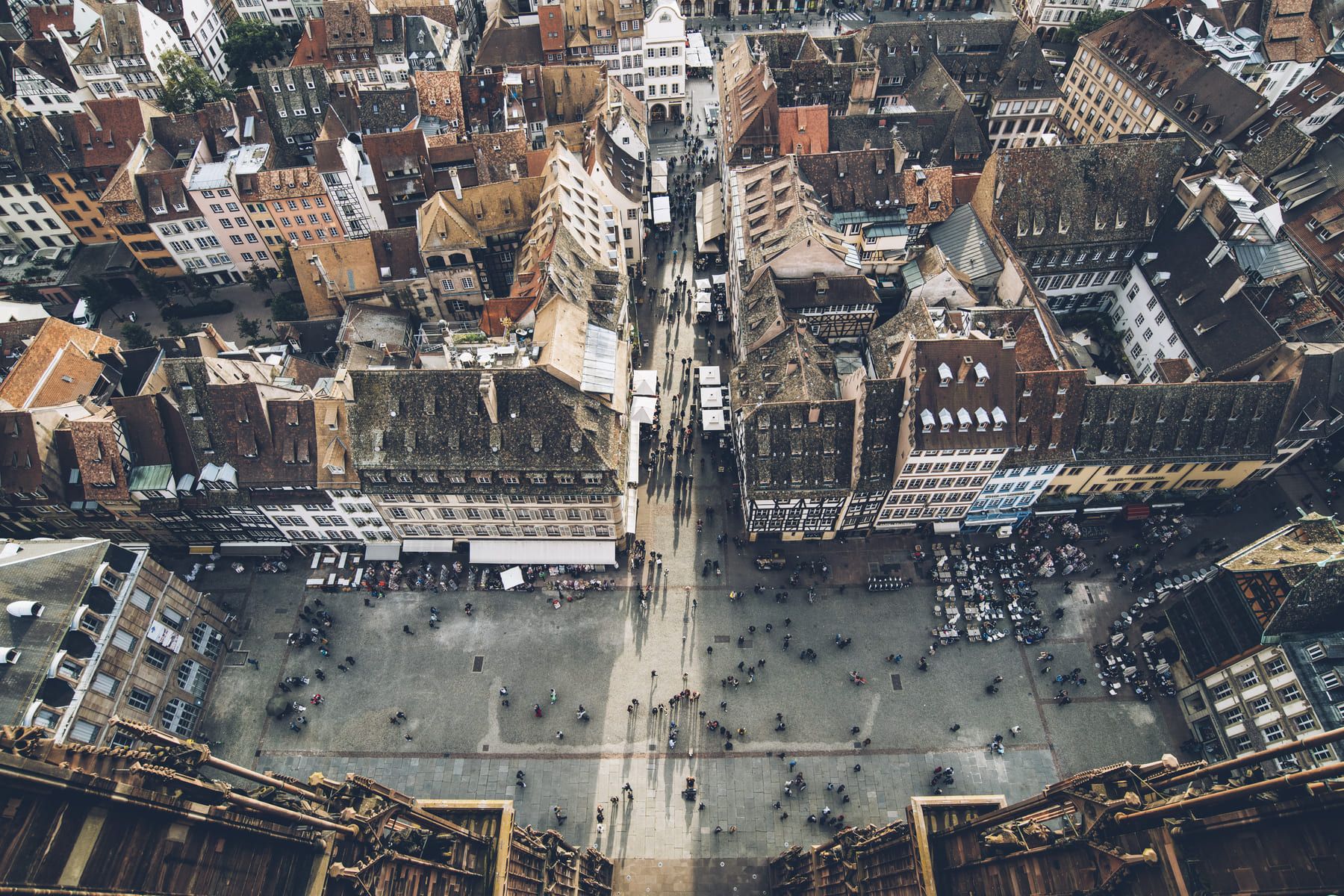
The Neustadt in Strasbourg
The Neustadt (new town) district was added to the UNESCO World Heritage List in 2017. It was to become the showcase of the Reichsland of Alsace-Lorraine, facing west. Its construction began after the Franco-Prussian war of 1870-1871. Among the most notable buildings are the university, the national and university library, the former Landtag (now the Strasbourg National Theatre TNS), the railway station and the civil hospital. The Neustadt also includes parks, a botanical garden and municipal baths.
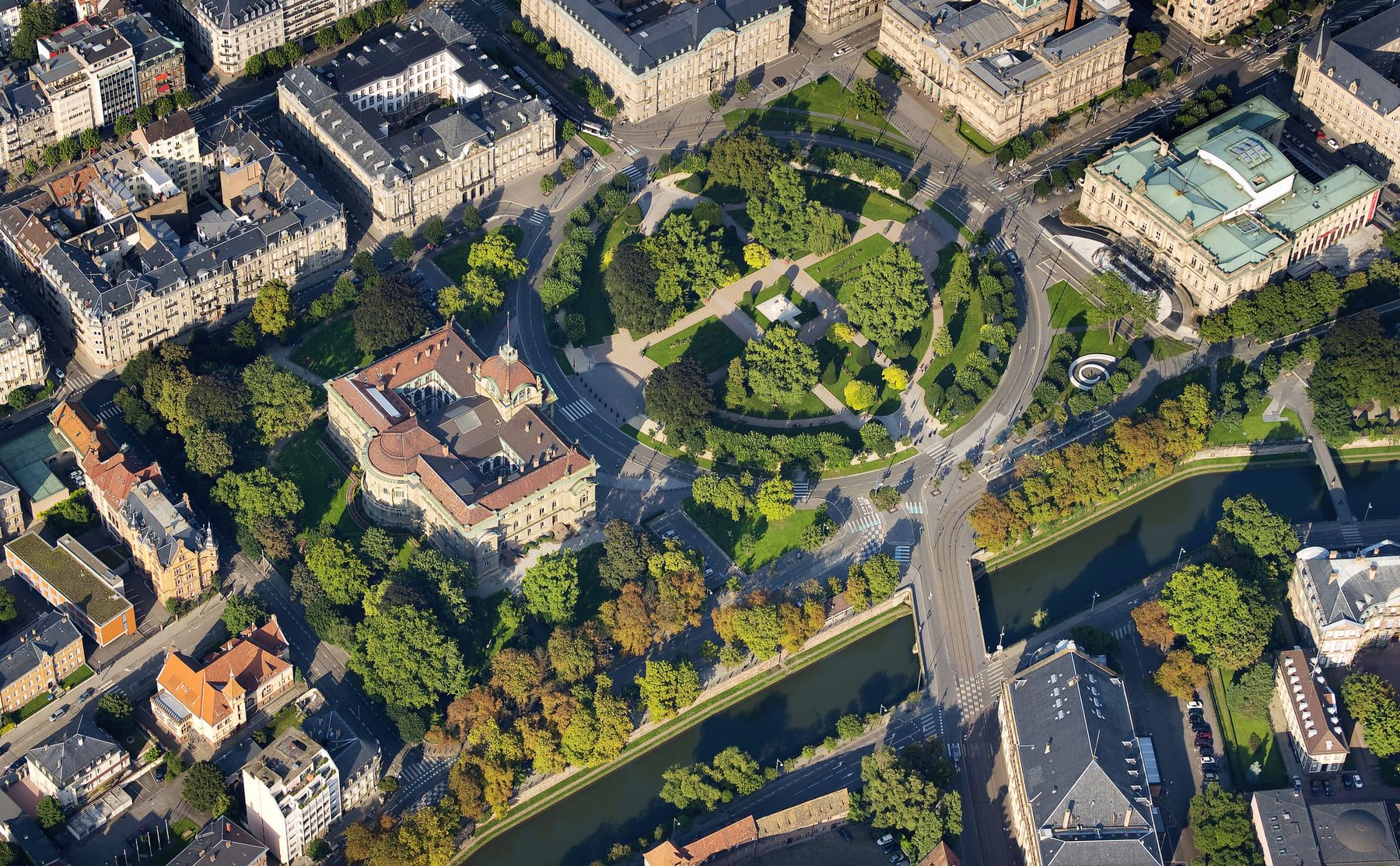
Humanist Library of Selestat
In 2011, the Library was included in the Unesco Memory of the World Register. Located in the heart of the historic centre of Selestat, the Humanist Library was completely renovated in 2018. The building designed by the architect Rudy Ricciotti reveals to visitors precious works dating from the 15th and 16th centuries and above all the library of the great humanist Beatus Rhenanus. The digital tour allows visitors to leaf through the old books and delve into the history of writing and printing! Group tours of 1.5 hours (by reservation) or self-guided tours with the help of mediation tools in French, German and English.
-
1 place Dr Maurice Kubler, 67600 Sélestat

Fortifications of Neuf-Brisach
The fortress of Neuf-Brisach and its octagonal is classified as World Heritage site in recognition of the overall work of Vauban, Louis XIV’s architect, who influenced military architecture in Europe until the 18th century.
The Belfort Gate houses the Vauban Museum, which traces the history of the town over the last three centuries, with a rich collection of objects and archive documents.
The star-shaped fortifications can be visited with a guide in period costume, which allows you to immerse yourself in the history of “Vauban’s ideal city“.
One of the points of the star now houses a Museum of Urban and Street Art (MAUSA).
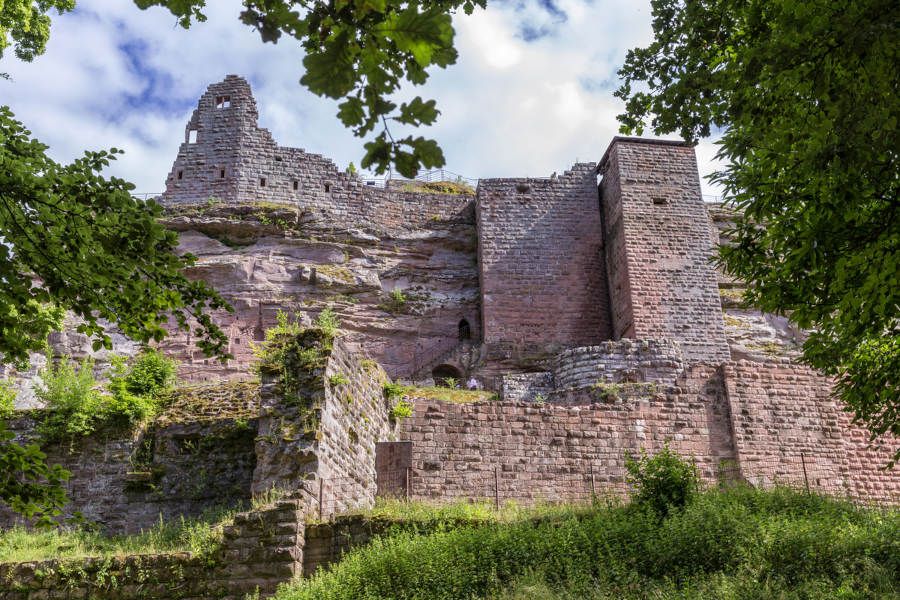
Northern Vosges: World Biosphere Reserve
The territory of the cross-border biosphere of the Northern Vosges-Pfälzerwald has a very rich natural, historical, cultural and culinary heritage. Labelled a “World Biosphere Reserve” by UNESCO in 1998, it was also awarded the European Eden prize “European Tourist Destination of Excellence”. More than 80,000 hectares of forest, numerous hiking trails, a preserved nature where the fauna and flora are rich, an ideal place to recharge your batteries.
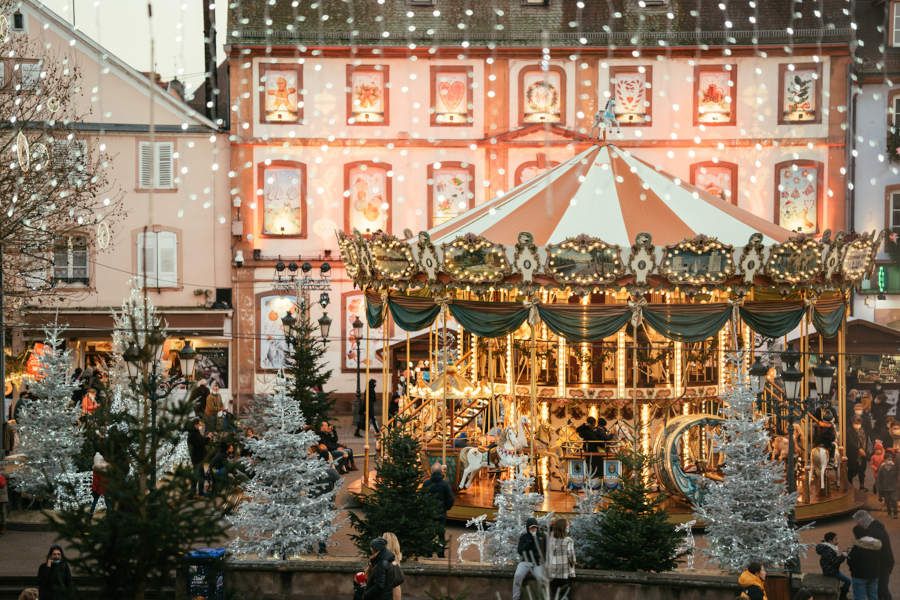
10 memorials sites
In 2023, ten First World War memorial sites were added to UNESCO’s World Heritage List. Alsace is a French region rich in history. It therefore has a very strong heritage of remembrance.
Many sites in Alsace are reminders of the terrible losses in the First World War. These sites, with their strong identities, are a way of remembering the conflicts that took place on Alsatian soil. They are symbols of resilience, reconciliation and hope.
- The Wettstein cemetery, Orbey
- The Bärenstall German military cemetery, Orbey/Hohrod
- The French national necropolis at Carrefour Duchesne, Orbey
- The German military cemetery known as Kahn, Lapoutroie
- The Silberloch national necropolis and the Hartmannswillerkopf national monument, Wattwiller
- The Uhlans German military cemetery, Hartmannswiller
- The Romanian military cemetery, Soultzmatt
- The Germania French military cemetery, Stosswihr
- The national necropolis, Moosch
- The headstones and ancient individual graves of the Petit Donon, Grandfontaine

